Food experts are learning to love fake beef. By the 22nd century, the real thing may be a rarity.
Food experts like Michael Pollan are learning to love fake beef. Will the real thing even exist in the 22nd century?
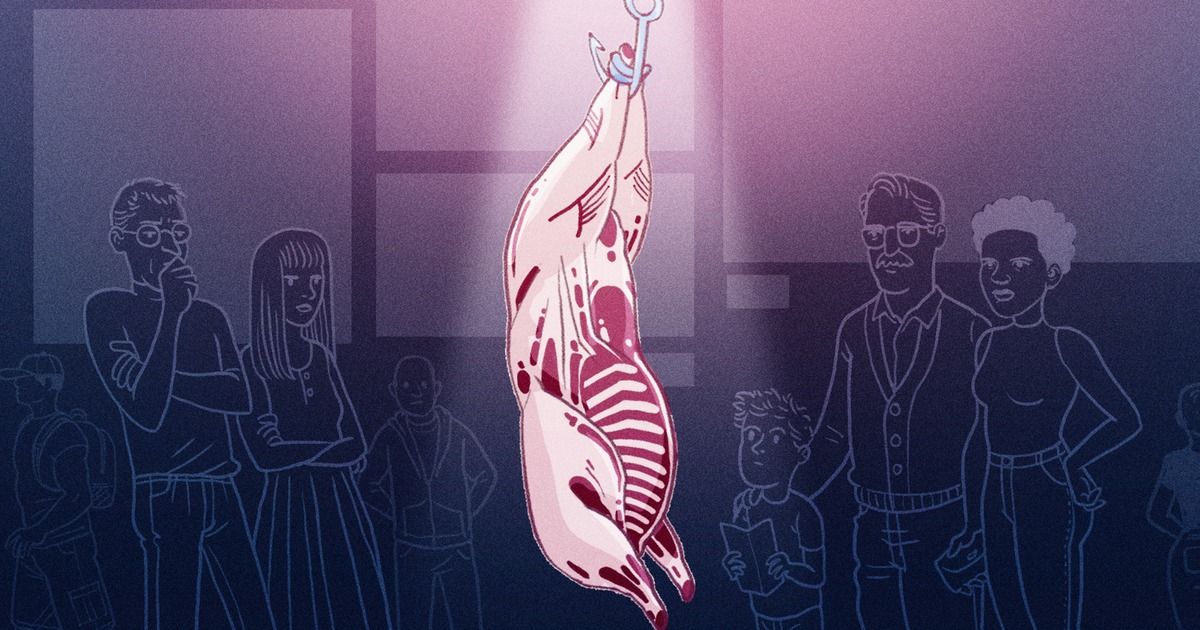
Food experts are learning to love fake beef. By the 22nd century, the real thing may be a rarity.
Food experts like Michael Pollan are learning to love fake beef. Will the real thing even exist in the 22nd century?

Being waited on by robot is something that we all imagine might be possible in the distant future, but one cafe in Tokyo is already offering just that… with a twist. As Fast Company reports, a visit to the “Dawn ver.β” will put you face-to-face with robot waiters that take orders from customers and deliver food to their tables.
It’s all very futuristic, but the twist here is that the robots aren’t powered by AI or some advanced automation system. Instead, they’re controlled remotely by human staff with severe disabilities working right from their own homes. The cafe, which is the result of a partnership between the Nippon Foundation, Ory Lab Inc, and ANA Holdings, is already a big hit, and its creators have big plans for the future.
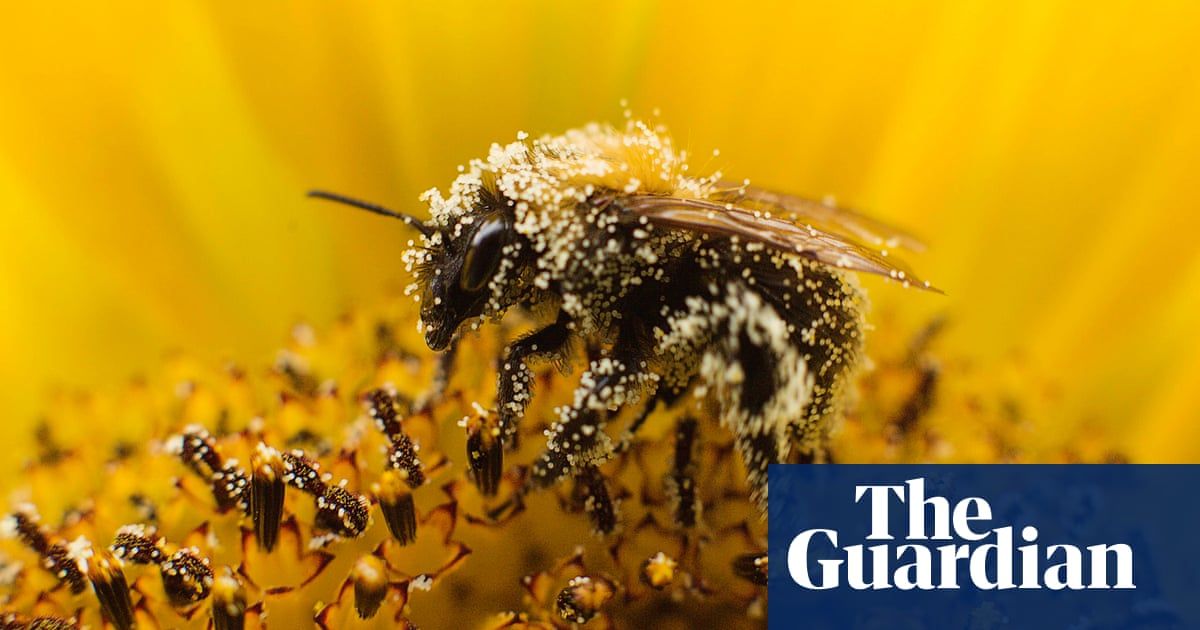
As more countries appreciate the advantages, she hopes they will be willing to join the coalition of countries committed to reversing the decline in pollinators. Currently, there are only 24 countries in this “coalition of the willing”, mostly from Europe. Eventually, she hopes there will be enough support to multilateral environmental agreement on pollinators similar to the international convention on trade in endangered species. “I hope this week’s conference will be the first step to bringing a multilateral agreement into being because that’s what we need,” she says.
Urgent planting of wildflowers will attract pollinators and boost farmers’ food crops, expert to tell UN.
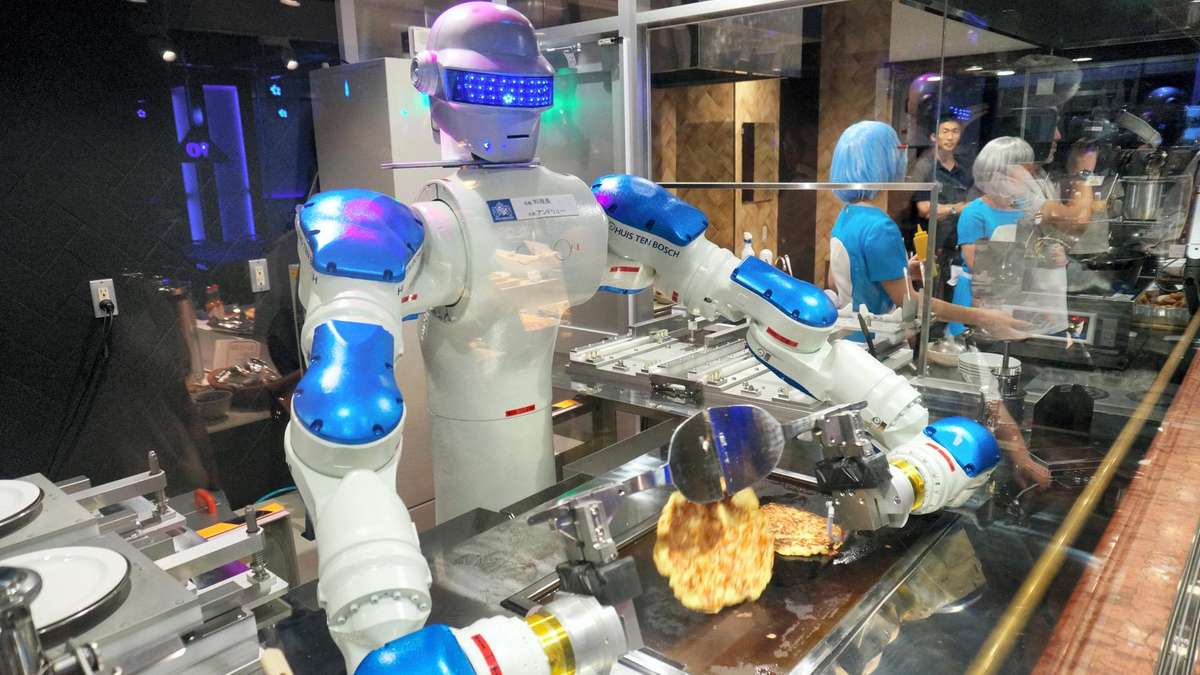
From replacing basic protein sources to high-tech gourmet wizardry, we examine the culinary future.

Dinosaurs weren’t the only colossal creatures roaming Earth 200 million years ago. A new fossil discovery suggests they shared the planet with a plant-eating beast that resembled a rhinoceros with a turtle’s beak.
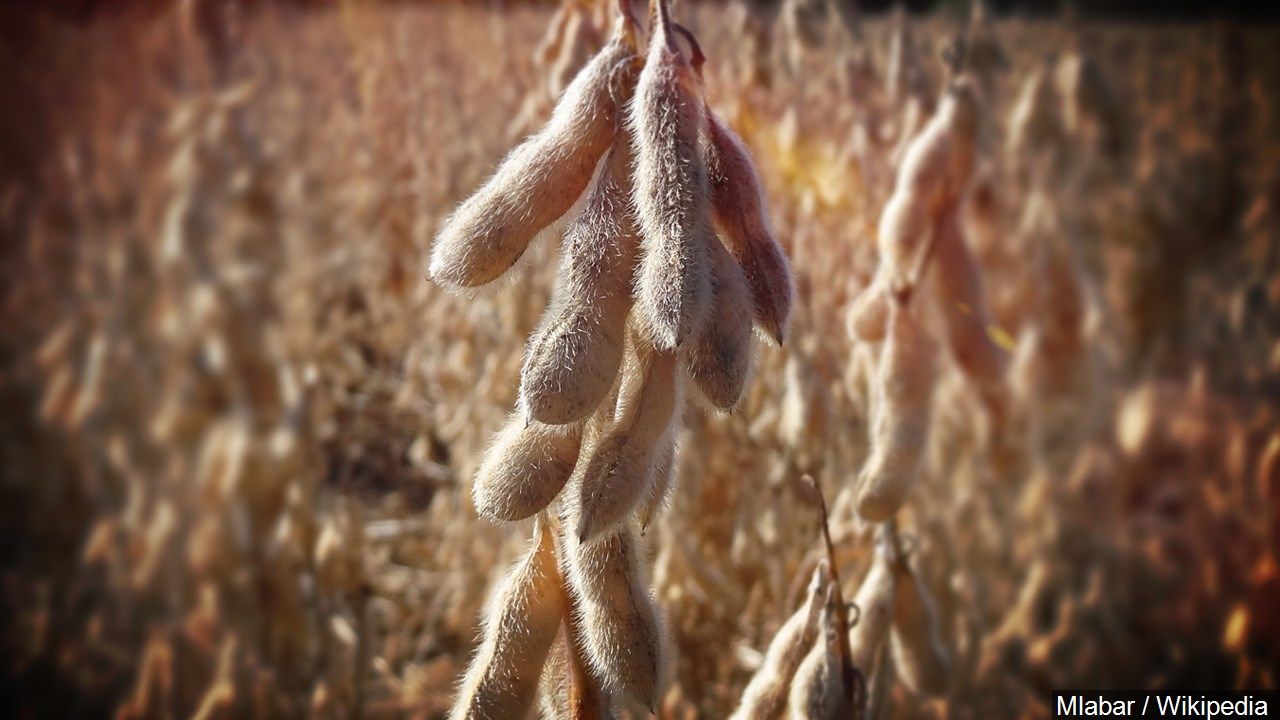
WASHINGTON (AP) — The next generation of biotech food is headed for the grocery aisles, and first up may be salad dressings or granola bars made with soybean oil genetically tweaked to be good for your heart.
By early next year, the first foods from plants or animals that had their DNA “edited” are expected to begin selling. It’s a different technology than today’s controversial “genetically modified” foods, more like faster breeding that promises to boost nutrition, spur crop growth, and make farm animals hardier and fruits and vegetables last longer.
The U.S. National Academy of Sciences has declared gene editing one of the breakthroughs needed to improve food production so the world can feed billions more people amid a changing climate. Yet governments are wrestling with how to regulate this powerful new tool. And after years of confusion and rancor, will shoppers accept gene-edited foods or view them as GMOs in disguise?
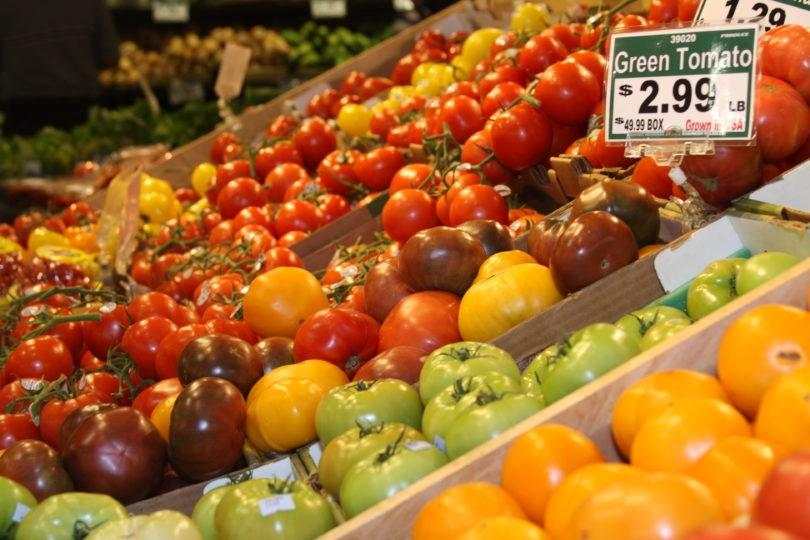
From elongated oblongs to near-perfect spheres, vegetables come in almost every size and shape. But what differentiates a fingerling potato from a russet or a Roma tomato from a beefsteak?
Researchers at the University of Georgia College of Agricultural and Environmental Sciences have recently found the genetic mechanism that controls the shape of our favorite fruits, vegetables and grains.
In article published this month in the journal Nature Communications, Esther van der Knaap, professor of horticulture, and her team at UGA detail the genetic traits, shared by multiple plants that have been shown to control fruit, leaf and seed shape.

Desiccants kill more than plants. Herbicides like glyphosate also kill bacteria. You could just as easily call them “antibiotics.” Our gut bacteria are sensitive to antibiotics, which is why we should avoid eating herbicides. When our microbes are healthy, our immune system is stable. But when microbes are disturbed, diseases like obesity, Alzheimer’s, or celiac disease can result.
Driving down a grid road in central Saskatchewan, a machine that looks like a giant insect approaches me in a cloud of dust. The cab, hanging 8 feet above the road, is suspended by tires at least 6 feet tall, with wing-like appendages folded along each side. Should I drive around it or under it?
It is harvest season, and the high-clearance sprayer is on its way to desiccate a field. Desiccation may be the most widespread farming practice you’ve never heard of. Farmers desiccate by applying herbicide to their crops; this kills all the plants at the same time, making them uniformly dry and easier to cut. In essence, desiccation speeds up plant aging. Before desiccation, crops would have to dry out naturally at the end of the season. Today, almost all conventional crops are desiccated in Canada, the United States, and the United Kingdom. Chances are that most of what you ate today was harvested using a desiccant, but you’d never know.
Mike Shewchuk jumps down from his swather as I pull into his farmyard. He is a young farmer whose blond brush cut and a robust stride would have not been out of place 50 years ago. Along with his dad, uncles, and brother, he farms 15,000 acres an hour outside of Saskatoon, Saskatchewan. They recently received a century farm award, for having continuously farmed the land since the early 1900s.

Scientists have discovered that bacteria in the deepest parts of the seafloor are absorbing carbon dioxide and could be turning themselves into an additional food source for other deep-sea life.
